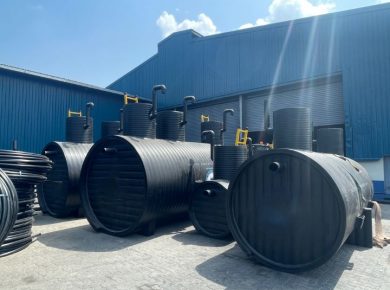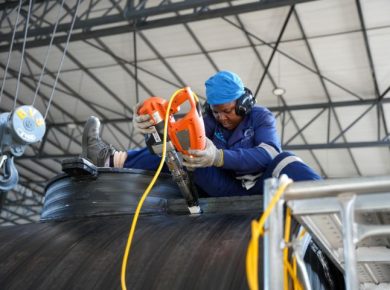To ensure the success of the new affordable housing plan, let us invest in new and advanced technology.
The ongoing affordable housing plan government program presents an opportunity to learn from past mistakes, particularly about water management, which is crucial for maintaining a high standard of living.Infrastructure investment on roads, sewerage, water, and electricity has not kept up with the growth of housing experienced in the last two decades and the result is that many residents in urban areas especially Nairobi face many challenges one of which is the lack of adequate water for domestic use.
One way that developers under the affordable housing plan, that intends to put up 250,000 housing units annually, can improve the quality of living for users is by including rainwater harvesting infrastructure.
Despite the irony of losing millions of gallons of water during the rainy season, which flows from rooftops, many households still struggle with a lack of sufficient water for basic domestic needs such as flushing toilets and washing clothes.
Rainwater, though not suitable for drinking due to contaminants it can acquire from rooftops, is still useful for purposes such as flushing toilets and urinals. It can also be utilised for watering gardens and washing vehicles. Harvesting this water can help to supplement the water supplied by municipalities.
By utilising treated water from utility companies for only drinking, households can conserve this precious resource while also improving their quality of life because harvested rainwater can then be used for the aforementioned uses.
To successfully implement this ambitious goal, developers must also take the initiative and invest in advanced rainwater harvesting technology. This responsibility extends to all types of developments, including residential, commercial, industrial, retail, and luxury projects.
Weholite HDPE, a new technology that is used to manufacture pipes and tanks, has been proven to be effective for rainwater harvesting. This technology allows for the creation of large storage tanks, capable of holding hundreds of millions of litres of harvested rainwater.
As an example, at our Megapipes Ruiru plant, we have successfully installed a 180,000-litre tank using Weholite technology. This tank, located underneath the factory road, is a 48m DN2200 SN2 Weholite tank, complete with filtration and a pump system. The harvested rainwater is collected from the factory roof and used for flushing toilets, watering gardens, and washing vehicles.
Not only is the Weholite technology effective for rainwater harvesting, but it also offers the added benefit of being customizable. This makes it well-suited for difficult or hard-to-reach sites. Additionally, the lightweight nature of Weholite tanks, pipes, and ancillary infrastructure allows for easy transportation to the installation site.
In conclusion, if we want to create sustainable solutions for future generations, developers must also invest in long-term solutions. The Weholite technology is an ideal fit for this purpose as it offers a service life of over 100 years and minimal to no loss of harvested water through evaporation.
For achieving sustainability, developers must now invest in cutting-edge and innovative rainwater harvesting technology.



